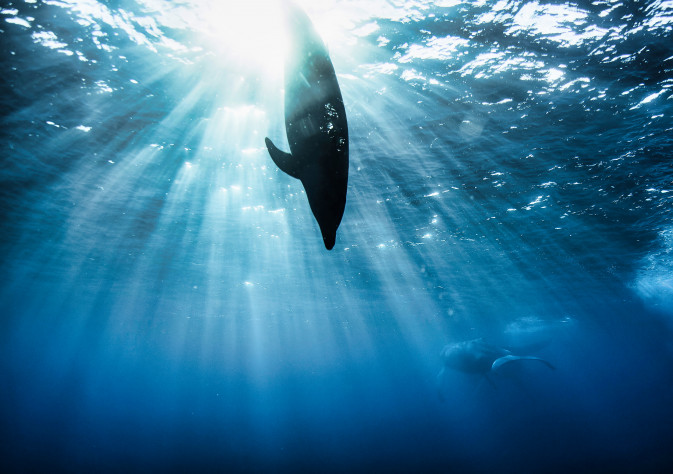
New UN Treaty agreed to protect marine biodiversity in High Seas
Global negotiations at the United Nations in New York concluded on March 4, 2023, with an agreement on the UN Treaty of the High Seas. The Treaty is aimed at conserving and sustainably using the marine biological diversity of areas beyond national jurisdiction. It aims to establish large-scale marine protected areas to preserve the ocean, combat environmental degradation, address climate change, and prevent biodiversity loss. One of the Treaty's unique features is the requirement to assess the impact of economic activities on high seas biodiversity. The Treaty will also provide strong support for capacity-building and marine technology transfer to developing countries to participate in and implement the new treaty. However, formal adoption will only take place once legal scrubbing in UN languages is complete.
According to Reuters, the new Treaty is an essential component in global efforts to meet the Kunming-Montreal commitment of protecting at least 30% of the world's land and sea by 2030. The European Commissioner for Environment, Oceans, and Fisheries, Virginijus Sinkevičius, described the agreement as a "historic moment for our Oceans" and the culmination of more than a decade of preparatory work and international negotiations.
The legally binding agreement to conserve and sustainably use ocean biodiversity aligns with the REST-COAST goal of upscaling coastal restoration interventions. It could be a vital contributor to fulfilling this mission, as the establishment of large-scale marine protected areas will improve coastal restoration practice and techniques. The treaty's requirement to assess the impact of economic activities on high seas biodiversity will support the goal of generating new tools and data to assess risk reduction and co-design innovative governance arrangements and policies.